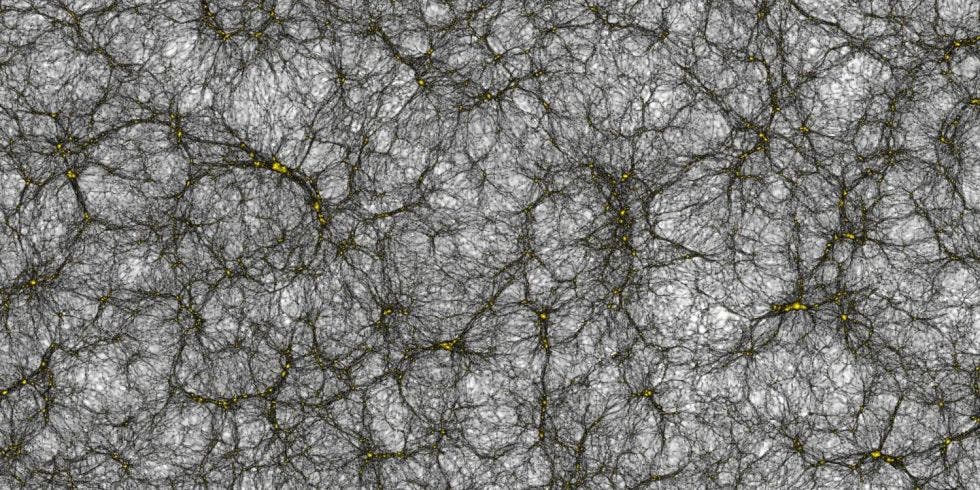There’s a certain craziness to developing a simulation of the Universe — but sometimes, it’s what you have to do to advance science.

With the dazzling progress of computing power, researchers have been able to simulate more and more things, with more and more accuracy. Simulations are used in medicine, urban planning, and of course, climate studies. But perhaps nowhere are simulations more needed and more impressive than in physics.
Now, researchers from the University of Zurich (UZH) have used a supercomputer to simulate the very universe we live in. They used a giant catalog of about 25 billion virtual galaxies to generate 2 trillion particles in their universe model. Of course, it’s a far cry from the unfathomable complexity and the sheer scale of the universe, but for its purpose, it’s a massively accomplished model.
Researchers developed the model to help calibrate and understand the experiments set to be carried out by the Euclid satellite, set to be launched in 2020 with the purpose of studying dark matter and dark energy.
Despite everything we can see around us being matter, the universe is overwhelmingly made of something else. Researchers believe that 72 percent of it is made of dark energy, and 23 percent of it is dark matter. In this case, just 5 percent of the entire universe, of everything that exists, is matter.
But when what are dark matter and dark energy? The thing is… we don’t really know.
“The nature of dark energy remains one of the main unsolved puzzles in modern science,” says Romain Teyssier, UZH professor for computational astrophysics.
The puzzle can only be cracked through indirect observation and modeling. We don’t see it, we only see its indirect effects — particularly, its gravitational effects. This is why, when the Euclid satellite will be operational, it will gather light from the billions and billions of galaxies, and astronomers will measure very subtle distortions of that light. These distortions, the effect of these bizarre phenomena, will help us understand the distribution of dark matter.
“That is comparable to the distortion of light by a somewhat uneven glass pane,” says Joachim Stadel from the Institute for Computational Science of the UZH.
Basically, Euclid will create a tomographic map of our universe, helping us fill some rather large gaps in our knowledge of dark matter and dark energy. This is where this giant model steps in: it will help generate an efficient observational strategy for Euclid, minimizing errors and maximizing the valuable acquired data. At the end of the experiment, this could not only help us make sense of the unknown, but perhaps also expand our physics beyond the Standard Model and even beyond general relativity.
Was this helpful?



